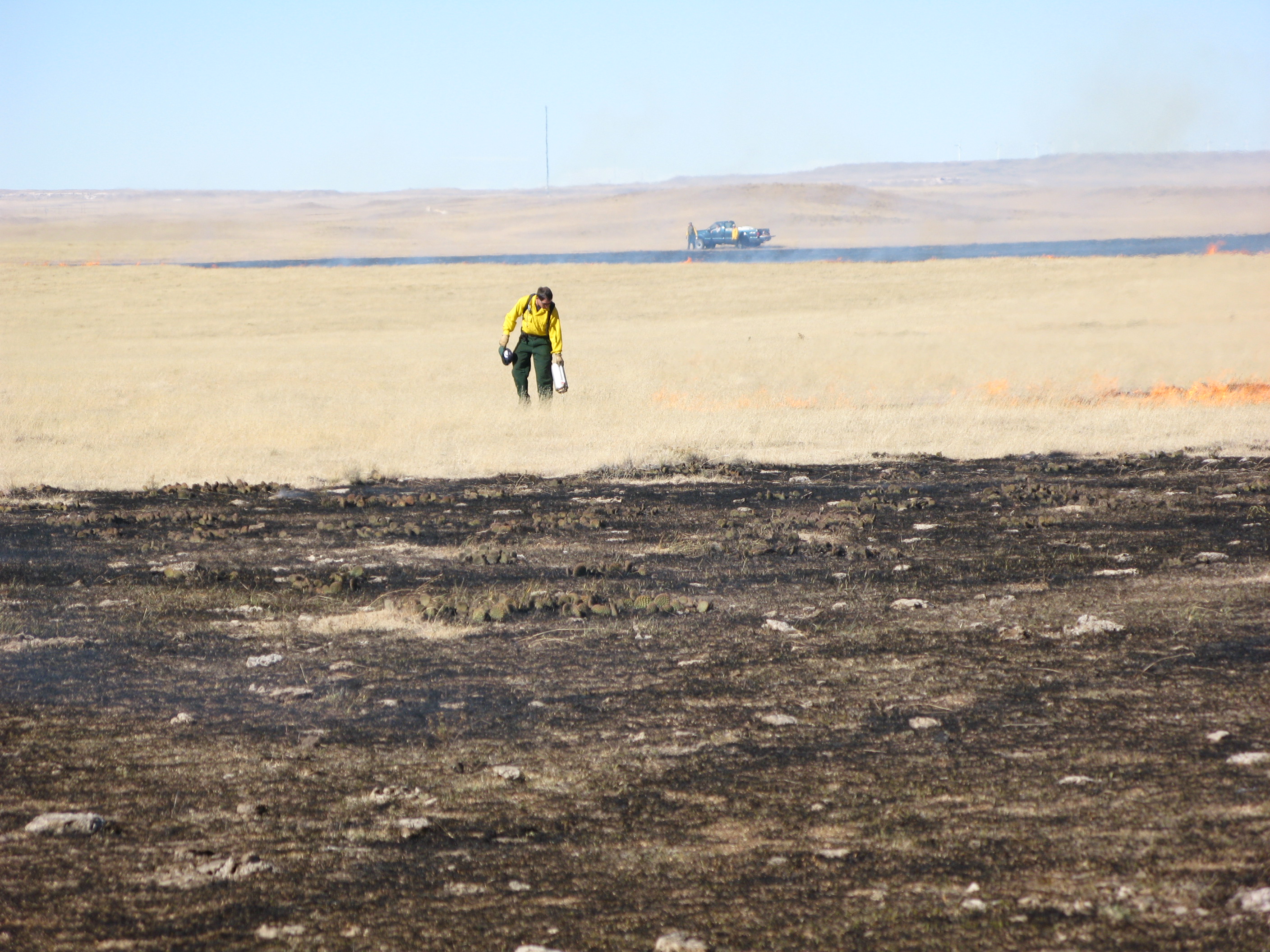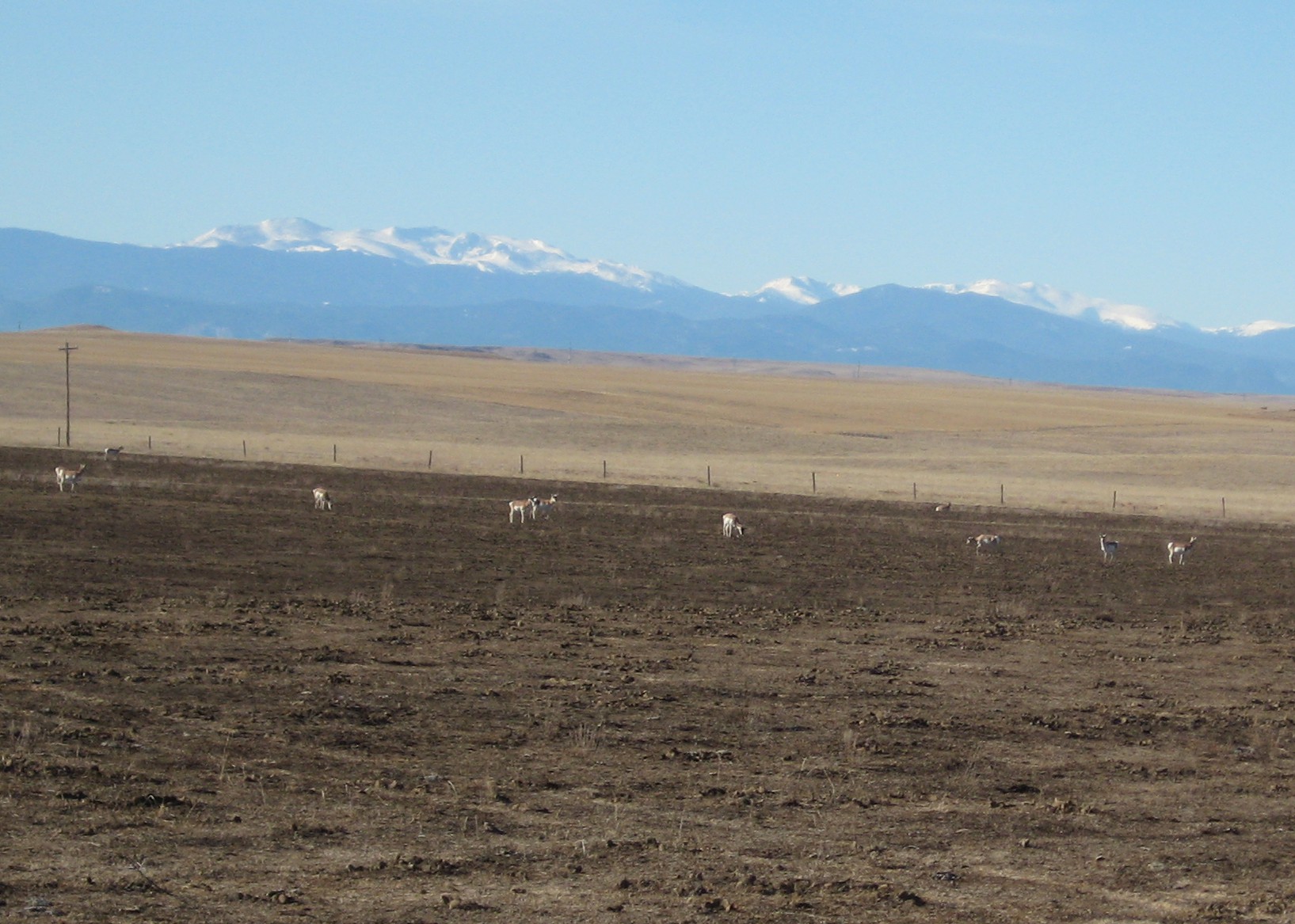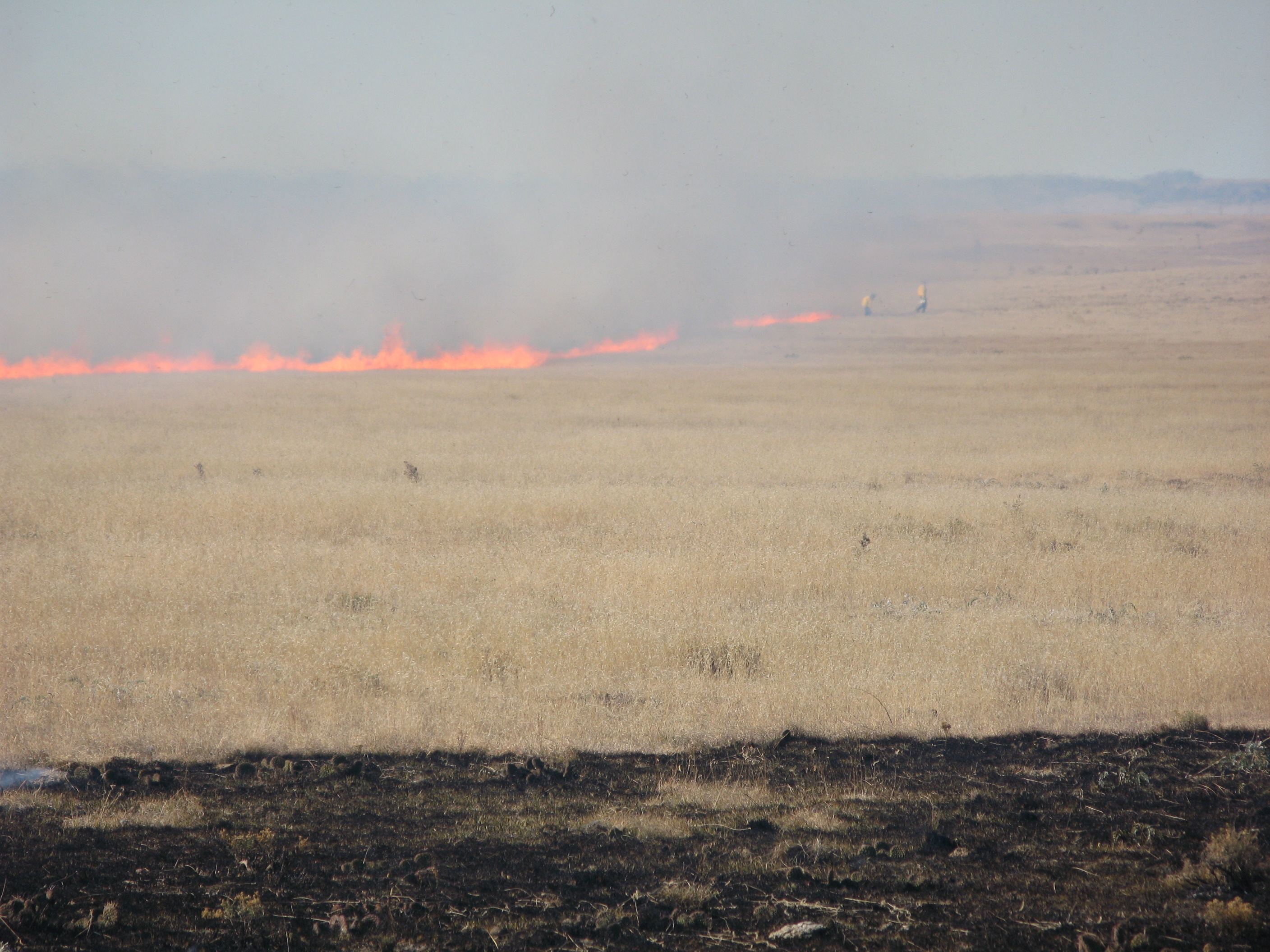
Answers to your burning questions on shortgrass steppe fire ecology!
By Julie Kray
The shortgrass steppe ecosystem is in many ways the birthplace of NREL, from the IBP (International Biological Program, 1968-1974) through the LTER years (Long-Term Ecological Research program, 1982-2012). Today, NREL researchers and collaborators continue to explore questions on grassland ecology, management and conservation under new initiatives like NEON (National Ecological Observation Network) and USDA’s LTAR (Long-Term Agro-Ecosystem Research) program.
One question in particular that has interested both scientists and land managers in recent years is: what is the role of fire in shaping shortgrass rangelands of the western U.S? Life in the shortgrass steppe has evolved to deal with both limited water availability and grazing by large herbivores (historically, bison, and now, domestic livestock), but was fire historically important in this ecosystem? What is the potential for using fire as a management tool in semiarid grassland regions today? How have shortgrass plants, livestock, and wildlife responded to fires of varying severity, and in different seasons?
These burning questions and many more are answered in this excellent online presentation by Dr. David Augustine, landscape ecologist at USDA-ARS in Fort Collins, CO (details below). The presentation was part of a webinar series put on by the Southern Rockies Fire Science Network, Southwest Fire Consortium, and Great Plains Fire Science Exchange. You’ll be surprised at what you learn!


Presentation notes: Total time 45:57; Themes and approximate start times as follows: Climate & fire in the Great Plains background (0:55), When does shortgrass burn? (8:30), Fire effects on forage production/quality (12:00), Fire effects on livestock production (13:45), Pronghorn response to fire (18:30), Unpalatable plant responses, e.g. cactus (19:30), Prescribed burning for wildlife (25:55), Patch-burn grazing management summary (34:00), landscape considerations (35:10), Planning for multiple objectives (37:00), Conclusion/Q&A (40:00)
Selected publications related to fire on shortgrass steppe:
Augustine, D. J., J. D. Derner, and D. P. Smith. 2014. Characteristics of burns conducted under modified prescriptions to mitigate limited fuels in a semi-arid grassland. Fire Ecology 10:36-47, doi: 10.4996/fireecology.1002036.
Augustine, D. J., and J. D. Derner. 2014. Controls over the strength and timing of fire–grazer interactions in a semi-arid rangeland. Journal of Applied Ecology 51:242–250.
Augustine, D. J., and J. D. Derner. 2012. Disturbance regimes and mountain plover habitat in shortgrass steppe: large herbivore grazing does not substitute for prairie dog grazing or fire. The Journal of Wildlife Management 76:721–728.
Augustine, D. J., J. D. Derner, and D. G. Milchunas. 2010. Prescribed fire, grazing, and herbaceous plant production in shortgrass steppe. Rangeland Ecology Management 63:317–323.
For links to past and future webinars on fire ecology and management, visit Southern Rockies Fire Science Network. Special thanks to them for posting this webinar!
